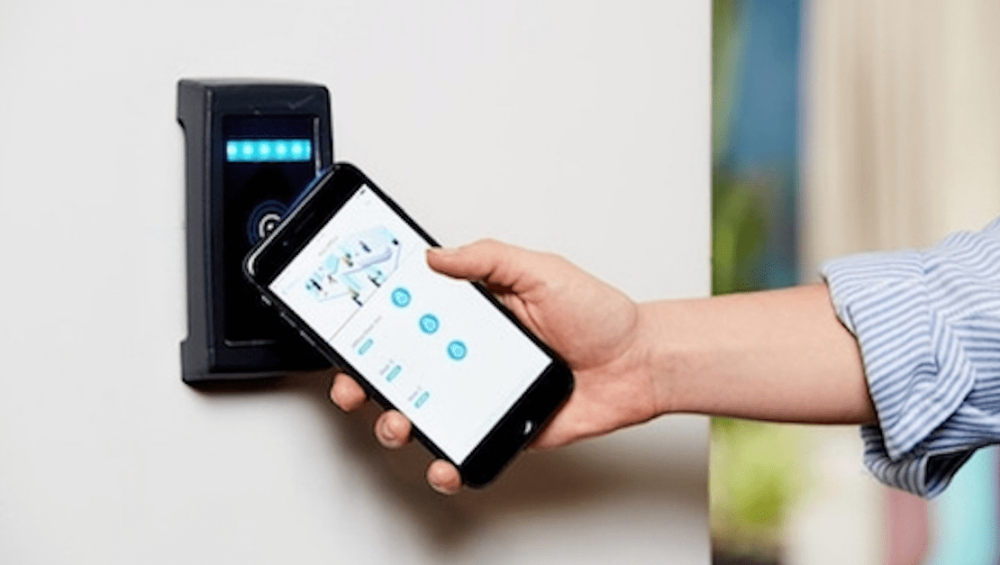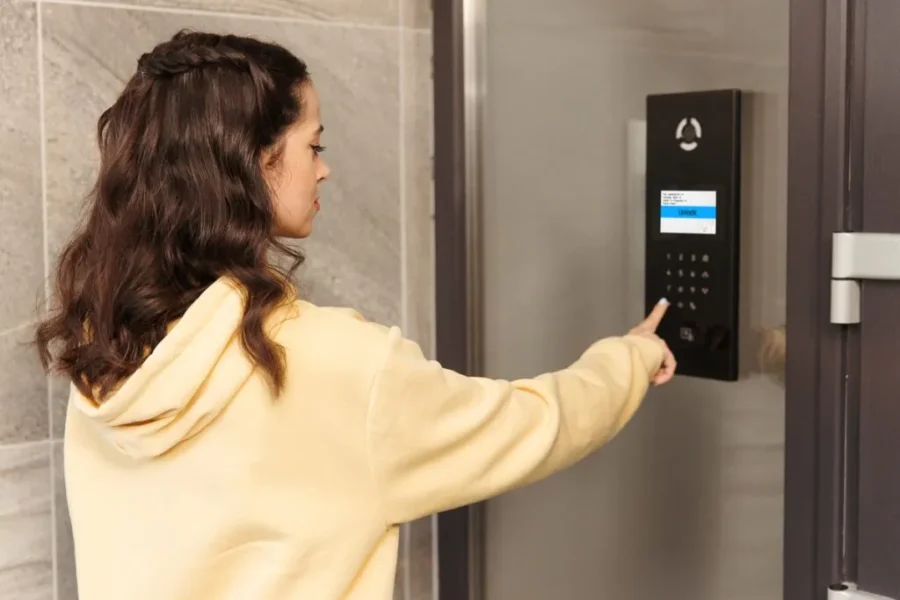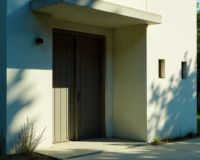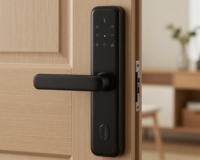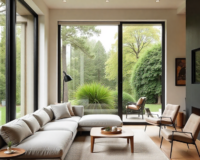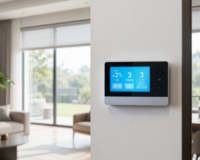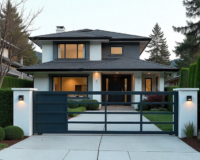Access control systems have become a fundamental aspect of security in both residential and commercial settings across Australia. They provide a robust solution for controlling who can enter or exit a premise, enhancing security, and managing access to different areas within a facility. This article delves into the cost aspects of access control systems, focusing on installation and price per door in Australia. We will cover various types of access control systems, factors influencing their costs, and a comprehensive breakdown of installation expenses.
Read more: Choosing the Best Home Video Doorbell System for Australians
Types of Access Control Systems & Average Price Per Door
1. Keypad Access Control
Keypad systems are a fundamental access control method, enabling users to gain entry by entering a predetermined code. They are relatively cost-effective and widely used across various settings.
Average Cost Per Door: $500 to $1,500, depending on the system’s sophistication and additional features.
2. Smartphone Access Control Systems
Leveraging modern technology, smartphone access control systems allow entry through an app or QR code. These systems are technologically advanced and typically involve sophisticated software integrations.
Average Cost Per Door: $1,000 to $2,500.
3. Access Card or Key Fob Access Control
Access card or key fob systems are reliable and straightforward, providing entry when credentials such as a card or key fob are swiped or scanned.
Average Cost Per Door: $600 to $2,000, contingent on the brand, quality, and any bundled software or features.
4. Biometric Access Control Systems
Biometric systems utilize unique physical or behavioral characteristics, such as fingerprints or facial patterns, to grant access. Due to their advanced technology and enhanced security features, these systems tend to be more expensive.
Average Cost Per Door: $1,500 to $3,500.
Read more: Explaining Different Access Control Models and Methods
Factors Influencing the Cost of Access Control Systems
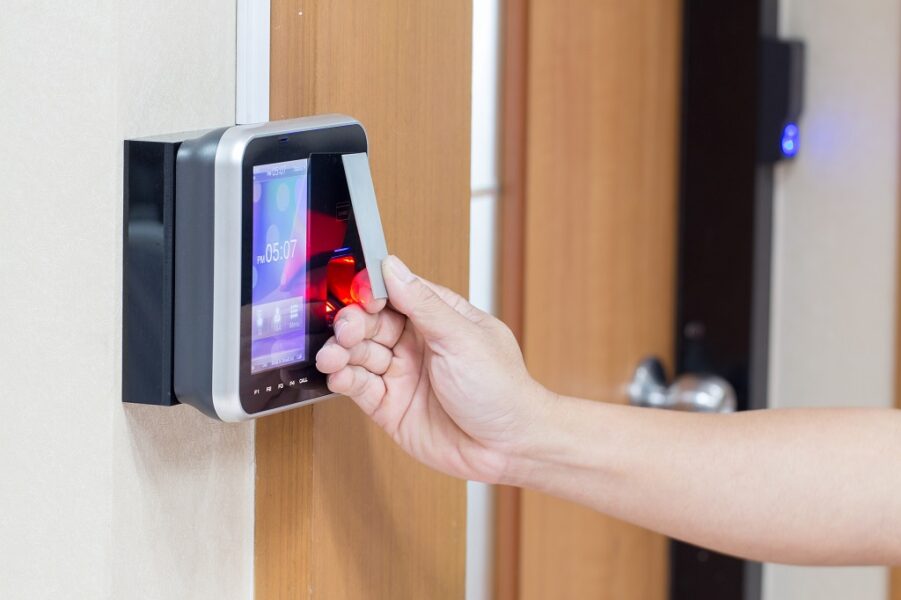
Access control systems are integral to modern security strategies, and their costs can vary significantly based on several factors. Understanding these factors can help organizations budget effectively and select a system that meets their security needs without unnecessary expenditure. Here’s an in-depth look at the primary factors influencing the cost of access control systems:
1. Access Control System Type
The type of access control system chosen has a profound impact on the overall cost. Different systems come with varying levels of complexity, security, and technology, influencing their price.
Biometric Access Control
- Utilizes advanced technologies like fingerprint scanners, facial recognition, or iris scans.
- Generally more expensive due to the sophisticated hardware and software required.
- Offers high security and is ideal for sensitive or high-security areas.
Traditional Keypad Systems
- Use numerical codes entered on a keypad to grant access.
- Less expensive and easier to install.
- Suitable for low to medium security needs.
Standalone Door Access Control Systems
- Simple systems that control a single door and are not connected to a central network.
- Lower cost compared to networked systems.
- Ideal for small offices or residential applications.
Networked Access Control Systems
- Connect multiple doors to a central control system, allowing for remote management and monitoring.
- Higher cost due to the need for networking equipment and more complex installation.
- Suitable for larger organizations with multiple access points.
2. Licensing Fees
Many access control systems require proprietary software to manage and monitor access. These systems often come with periodic licensing fees.
Software Licensing
- Initial purchase might include a license for a specific period (e.g., one year).
- Renewal fees can be monthly or annual, ensuring the software remains updated and functional.
Maintenance Fees
- Cover ongoing technical support, updates, and sometimes additional features.
- Can vary widely depending on the software’s complexity and the vendor’s pricing structure.
Recurring licensing and maintenance fees are essential to factor into the total cost of ownership for an access control system.
3. Access Control Installation Considerations
Number of Access Points
- The cost increases with the number of doors or entry points that need to be secured.
- More doors require additional hardware (readers, locks, controllers) and labor for installation.
Integrated Security Systems
- Systems that integrate with other security components, like video surveillance, can enhance overall security but are more complex to install.
- Integration requires compatible hardware and possibly additional software, increasing the initial cost.
Electrical Upgrades
- Advanced electronic access control systems might need upgrades to the existing electrical infrastructure.
- Costs for electrical upgrades include materials (wiring, conduits) and labor for installation.
Materials and Labor
- Quality of materials (e.g., cabling, controllers, readers) affects costs.
- Labor costs vary based on installation complexity, technician expertise, and regional labor rates.
- High-quality materials and skilled professionals ensure a durable and efficient setup, albeit at a higher cost.
Read more: Surveillance Camera Solutions for Construction Sites in Melbourne
4. Components and Their Costs
Each component of an access control system contributes to the overall cost. Here’s a breakdown of typical components and their average costs:
| Component | Average Cost |
|---|---|
| Locking Hardware | $50 – $250 |
| Software License/Maintenance Cost | $10 – $50/month |
| Access Control Accessories | $20 – $100 |
| Door Controller | $150 – $500 |
| Door Reader | $50 – $300 |
Locking Hardware
- Includes electronic locks, strikes, and magnetic locks.
- Costs vary based on quality, brand, and security features.
- Premium locks with advanced features (e.g., anti-tampering) are more expensive.
Software License or Monthly Service Fees
- Covers the cost of the software used to manage the access control system.
- Can be hosted or cloud-based, with fees for updates and technical support.
- Recurring costs accumulate over time, influenced by the software’s capabilities and brand reputation.
Access Control Accessories
- Additional components like mounting hardware, cables, backup power supplies, remote controls, physical credentials, or keypads.
- The necessity and number of accessories directly affect the total cost.
- Quality accessories ensure system longevity and reliability.
Cost-Saving Tips
While access control systems can be a significant investment, there are ways to manage and potentially reduce costs:
- Bulk Purchasing: Negotiating bulk purchases can reduce the cost per door, especially for larger installations.
- Opt for Wireless Systems: If wiring costs are a concern, wireless systems can offer significant savings on installation.
- Consider Leasing Options: Some providers offer leasing options, spreading the cost over time and including maintenance and support.
- Use Existing Infrastructure: Where possible, leveraging existing infrastructure (e.g., existing cabling) can reduce installation costs.
- Phased Implementation: Implementing the system in phases allows spreading the cost over time, making it more manageable.
FAQs
How much does a keyless entry system cost?
The cost of a keyless entry system can vary widely depending on its features, brand, and installation complexity. On average:
- A basic keyless entry system can start as low as $50 per door.
- More advanced and integrated systems can cost upwards of $500 or more per door.
Why are access control systems so expensive?
Access control systems can be costly due to several factors:
- High-Quality Hardware: Durable and reliable components often come at a premium.
- Software Licensing: Ongoing software fees ensure the system remains updated and functional.
- Installation Requirements: Professional installation and potential infrastructure upgrades add to the cost.
- Advanced Technologies: Investing in cutting-edge security features enhances protection but increases expenses.
- Regular Maintenance: Ensuring the system operates efficiently and securely requires ongoing maintenance and support.
Conclusion
The cost of access control systems in Australia varies widely based on the type of system, the number of doors, installation complexity, and additional features. Standalone systems are the most affordable, while biometric systems offer the highest security at a premium price. Installation costs can also vary significantly, with wired systems generally being more expensive to install than wireless systems.
By understanding the factors influencing costs and considering options for cost savings, businesses and property owners can make informed decisions about the best access control solutions for their needs. Investing in a robust access control system not only enhances security but also provides peace of mind, knowing that access to critical areas is effectively managed.
References:
- https://www.britannica.com/technology/security-and-protection-system
- https://www.ncbi.nlm.nih.gov/books/NBK219892/
- https://www.investopedia.com/terms/r/returnoninvestment.asp
- https://www.prnewswire.com/news-releases/merging-digital-and-physical-security-creates-a-robust-defense-against-modern-threats-says-info-tech-research-group-301908529.html

